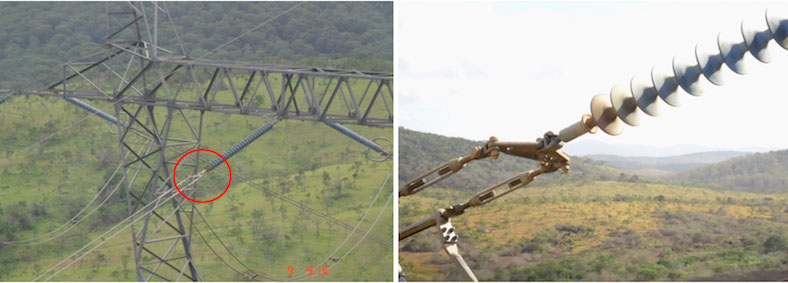

31 in a test for new prime minister Kishida World & Nation Japan sets election for Oct.
#Corona weather in august trial#
The emergency requests have ended, and the government is gradually expanding social and economic activity while allowing athletic events and package tours on a trial basis using vaccination certificates and increased testing. Many people continued to commute on crowded trains, and attended sports and cultural events at stadiums with some social-distancing controls. Japan’s state of emergency measures were not lockdowns but requests that focused mainly on bars and eateries, which were asked to close early and not serve alcohol. Masataka Inokuchi, deputy chief of the Tokyo Medical Assn., said falling positivity rates show infections have slowed. Though some speculated that the drop in cases might be due to less testing, the Tokyo metropolitan government’s data showed the positivity rate fell from 25% in late August to 1% in mid-October, while the number of tests fell by only one-third. “At the same time, people who gather in high-risk environments, such as crowded and less-ventilated places, may have been already infected and acquired natural immunity by now.” “It’s a tough question, and we have to consider the effect of the vaccinations progress, which is extremely big,” said Disease Control and Prevention Center Director Norio Ohmagari. Olympics How Tokyo Olympic organizers managed to keep COVID-19 mostly in checkĪggressive testing, tracking apps and restrictions prevented a widespread COVID-19 outbreak from derailing the Olympics, but there were problems. Nationwide, Japan reported 429 cases Sunday for an cumulative total of about 1.71 million and 18,000 deaths since the pandemic began early last year. But on Sunday, Tokyo reported just 40 cases, below the 100 mark for the ninth straight day and the lowest number this year. New infections surged just weeks ahead of the Olympics, forcing Japan to hold the Games with daily caseloads of more than 5,000 in Tokyo and around 20,000 nationwide in early August. The number of daily shots rose to about 1.5 million in July, pushing vaccination rates from 15% in early July to 65% by early October, exceeding the 57% of the United States. Shortages of imported vaccines kept progress slow until late May, when the supply stabilized and daily inoculation targets were raised to above 1 million doses to maximize protection before the July 23-Aug. Japan’s vaccinations started in mid-February, with health workers and older people first in line. Moderna’s COVID-19 vaccine does a significantly better job of preventing COVID-19 hospitalizations compared with Pfizer’s shot. These speeds are so high that the particles can escape the Sun's gravity.Ĭonceptual animation (not to scale) showing the Sun's corona and solar wind.Science & Medicine Big gap between Pfizer, Moderna vaccines seen for preventing COVID hospitalizations The corona's temperature causes its particles to move at very high speeds. From it comes the solar wind that travels through our solar system. We can view these features in detail with special telescopes. These include streamers, loops, and plumes. The Sun's magnetic fields affect charged particles in the corona to form beautiful features. This is the force that makes magnets stick to metal, like the door of your refrigerator. The surface of the Sun is covered in magnetic fields. But astronomers think that this is only one of many ways in which the corona is heated. In the corona, the heat bombs explode and release their energy as heat. The mission discovered packets of very hot material called "heat bombs" that travel from the Sun into the corona. Yet the corona is hundreds of times hotter than the Sun’s surface.Ī NASA mission called IRIS may have provided one possible answer. The corona is in the outer layer of the Sun’s atmosphere-far from its surface.

This is the opposite of what seems to happen on the Sun.Īstronomers have been trying to solve this mystery for a long time. But when you walk away from the fire, you feel cooler. Imagine that you’re sitting next to a campfire. The corona’s high temperatures are a bit of a mystery. Image of corona from NASA's Solar Dynamics Observatory showing features created by magnetic fields. This low density makes the corona much less bright than the surface of the Sun. Why? The corona is about 10 million times less dense than the Sun’s surface.

The corona reaches extremely high temperatures.
#Corona weather in august how to#
Find tips on how to safely view an eclipse here. Remember to never look directly at the Sun, even during an eclipse.


 0 kommentar(er)
0 kommentar(er)
